A new triboelectric laminate can convert movement to electricity 400 times more efficiently in wearable and implantable technologies.
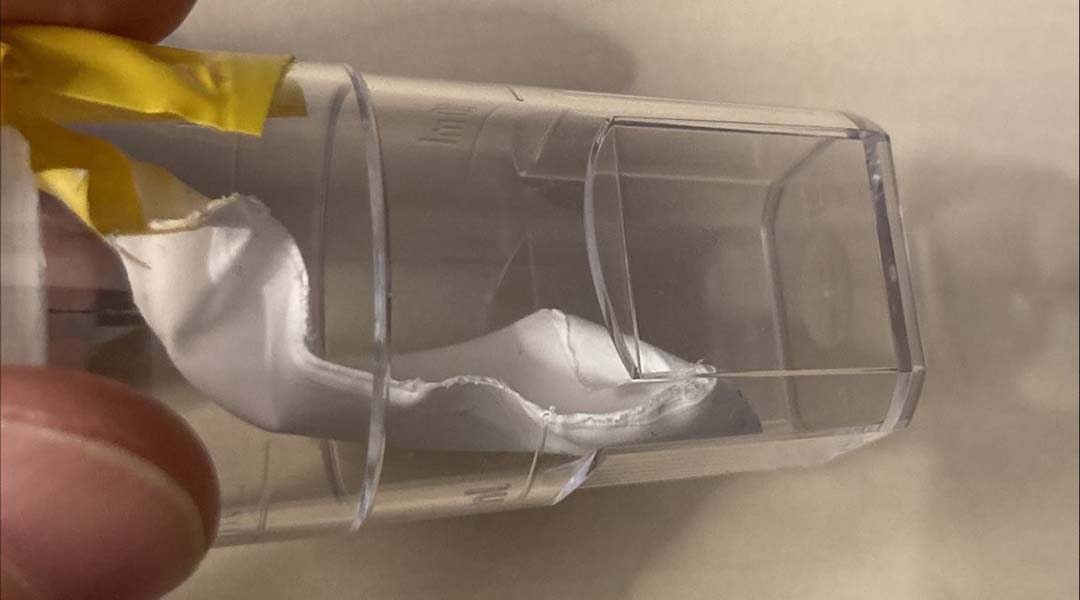

A new triboelectric laminate can convert movement to electricity 400 times more efficiently in wearable and implantable technologies.
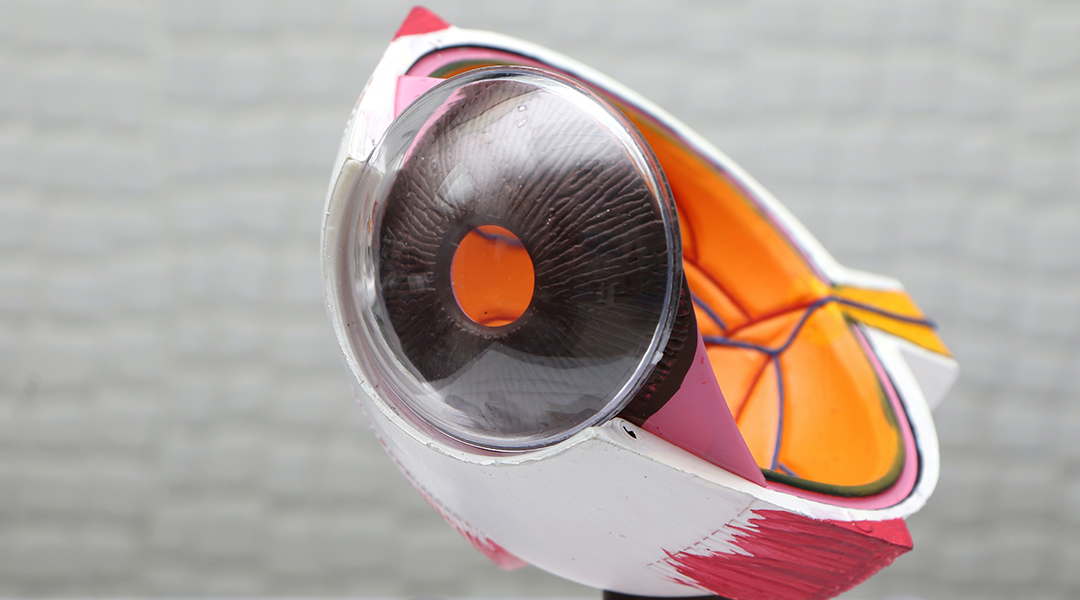
A tiny battery built into smart contact lenses produces its own power through eye blinking, relying on tears and oxygen to power its cells.

A novel recycling process recovers valuable rare earth elements from scrap, minimizing the need for harmful mining operations.
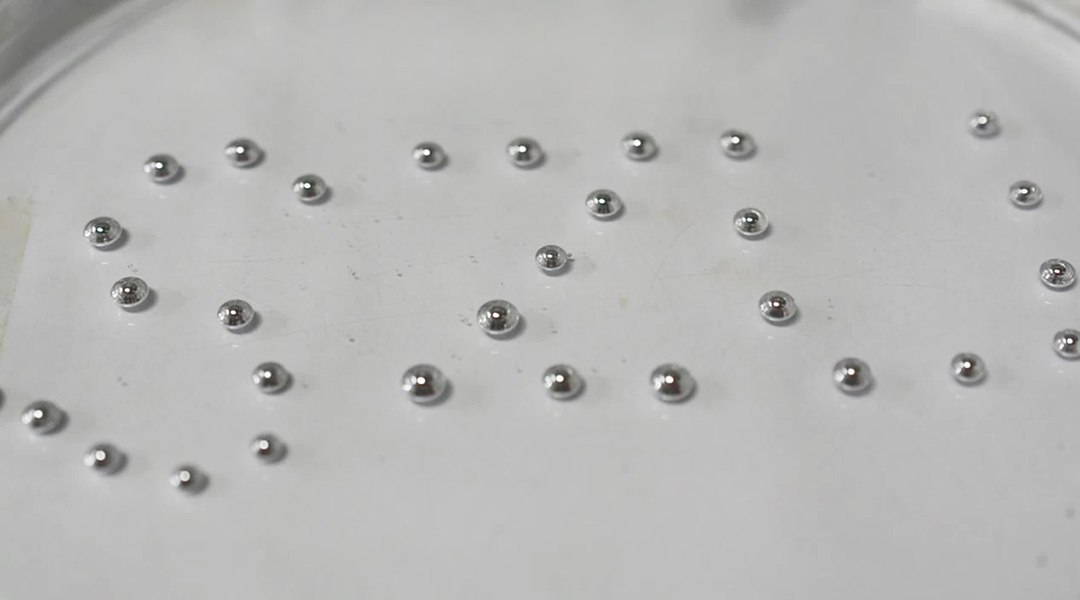
Researchers leech off the natural world to develop dynamic liquid metal robots for electrical circuits.
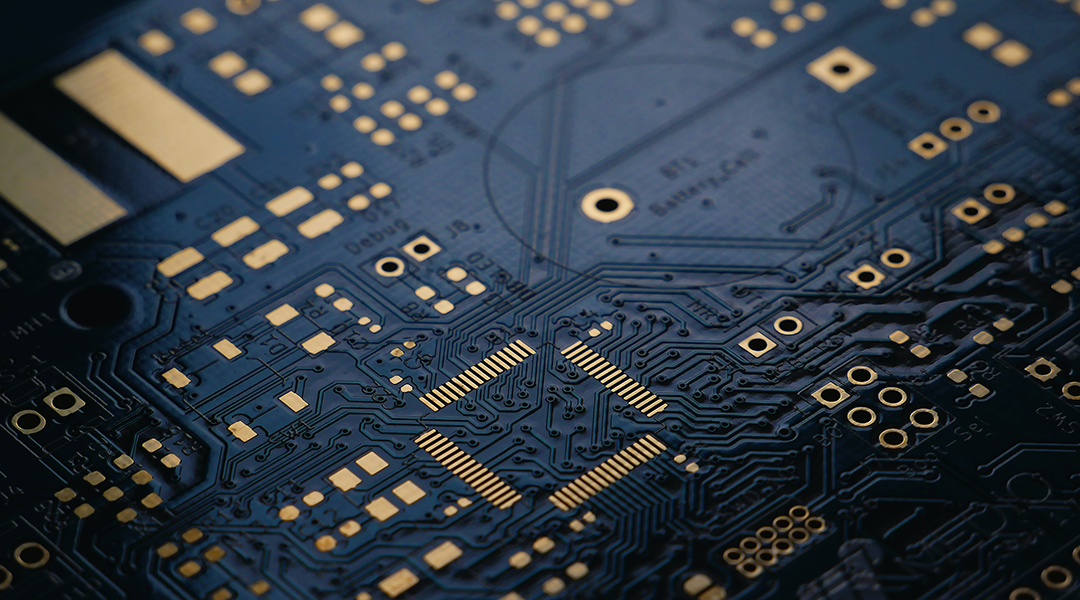
A conductive, cellulose-based nanopaper allows researchers to print paper electronics without needing expensive microfabrication techniques.
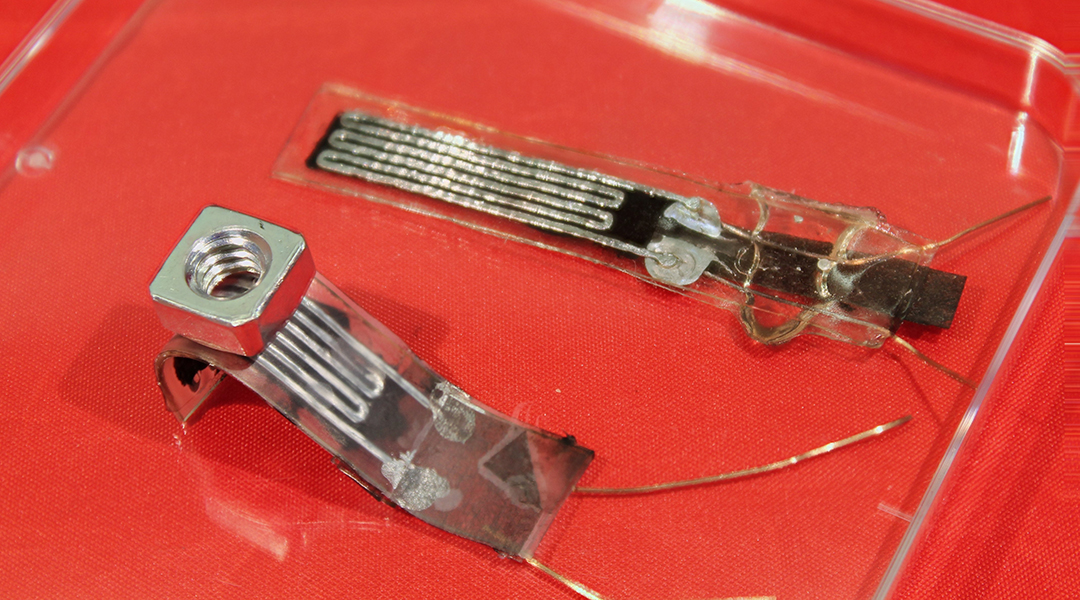
A new surface treatment enhances the adhesion of double-sided tape to make stickier tapes for soft electronics.
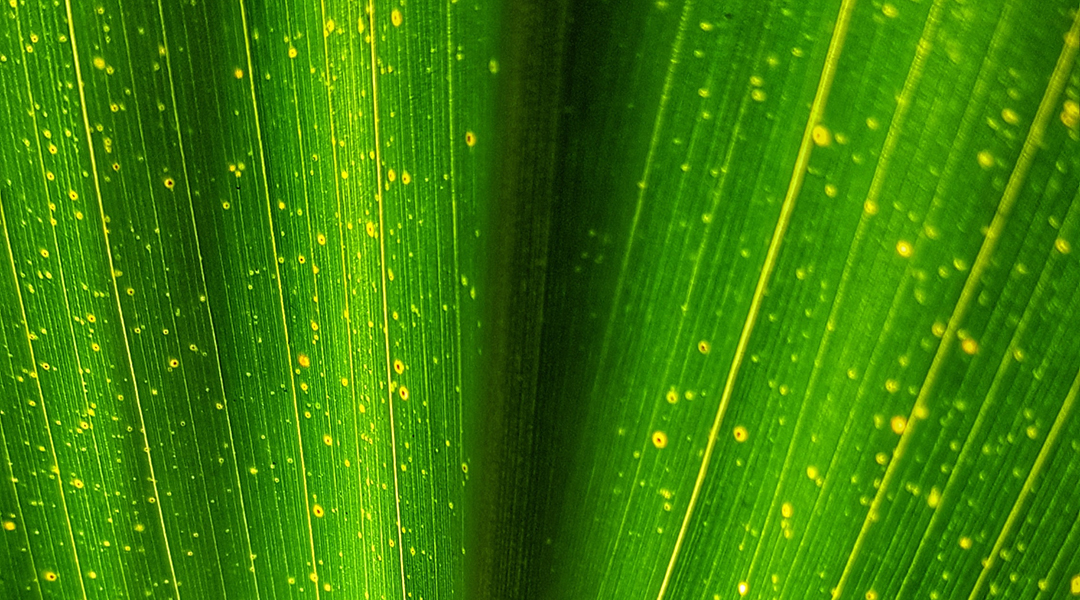
A new device setup enables an interface between biomolecules and electronic materials for biohybrid electronics.
With a re-imagined architecture, these new Schottky diodes are being developed for better communication devices.
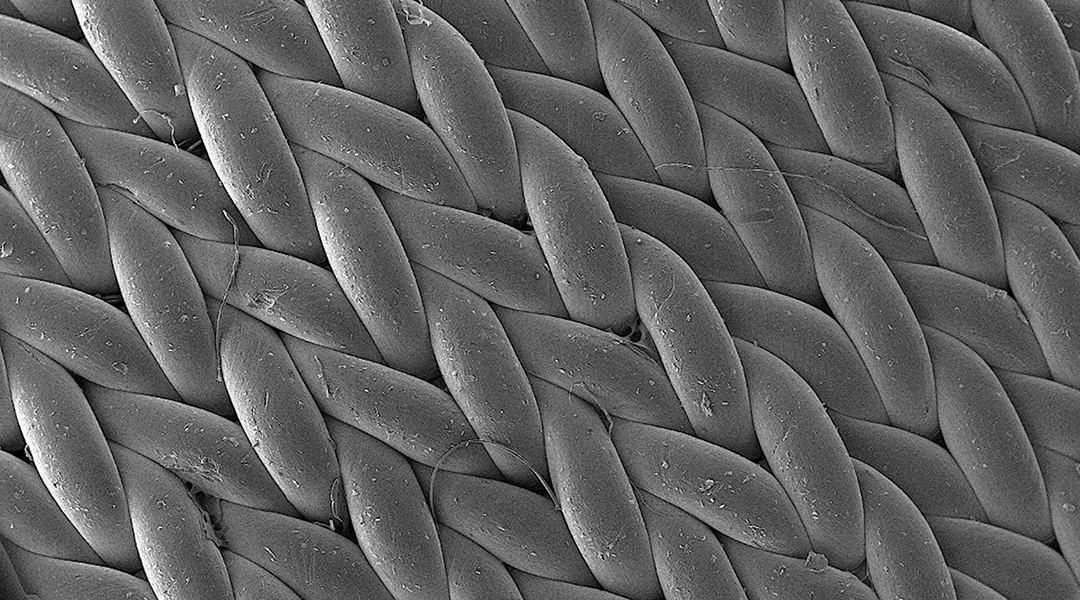
Wearable devices for health monitoring don’t have to be limited to just smart watches and fitness trackers.
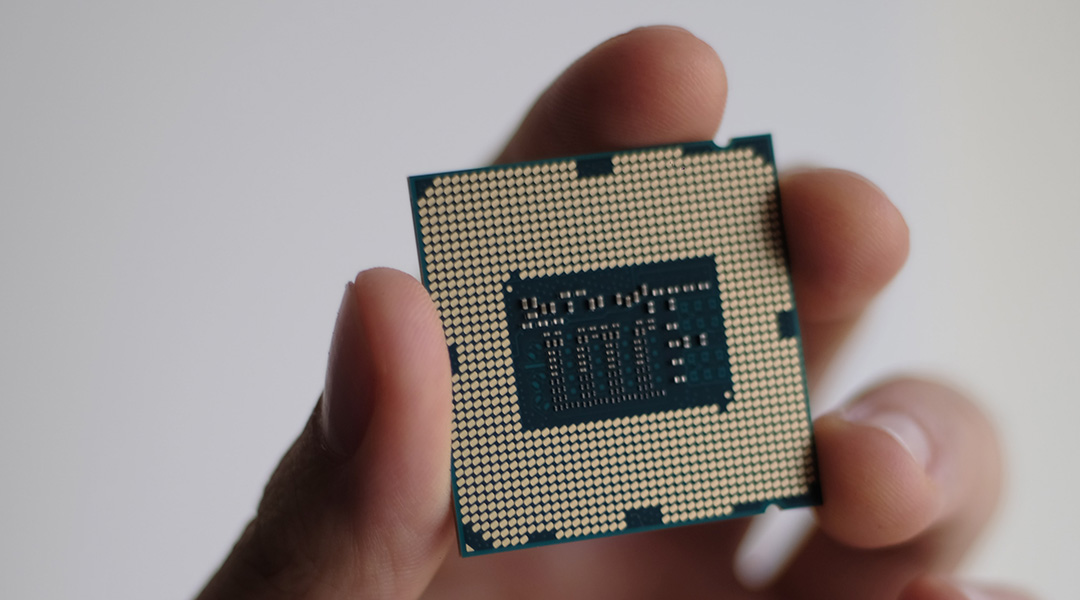
Using tiny batteries, researchers hope to power ever-smaller computers and advance the Internet of Things and ubiquitous computing.